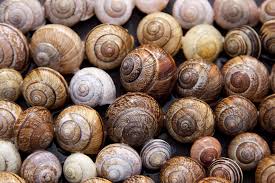Stamp: State Emblem - Conch Shell (Travancore 1930)
State Emblem - Conch Shell (Travancore 1930)
01 January (Travancore ) within release State Emblem - Conch Shell goes into circulation Stamp State Emblem - Conch Shell face value ¾ Indian chuckram
| Stamp State Emblem - Conch Shell in catalogues | |
|---|---|
| Stanley Gibbons: | Sg: IN-TR O39 |
Stamp is vertical format.
Overprint 'On SS' in RedAlso in the issue State Emblem - Conch Shell:
- Stamp - State Emblem - Conch Shell face value ¾;
- Stamp - State Emblem - Conch Shell face value 5;
- Stamp - State Emblem - Conch Shell face value ¾;
- Stamp - State Emblem - Conch Shell face value 4;
|
Data entry completed
86%
|
|
|---|---|
| Stamp State Emblem - Conch Shell in digits | |
| Country: | Travancore |
| Date: | 1930-01-01 |
| Size: | 23 x 29 |
| Perforation: | 12 |
| Emission: | Official |
| Format: | Stamp |
| Face Value: | ¾ Indian chuckram |
Stamp State Emblem - Conch Shell it reflects the thematic directions:
A coat of arms is an heraldic visual design on an escutcheon (i.e. shield), surcoat, or tabard. The coat of arms on an escutcheon forms the central element of the full heraldic achievement which in its whole consists of shield, supporters, crest, and motto. A coat of arms is traditionally unique to an individual person, family (except in the United Kingdom), state, organisation or corporation.
A seashell or sea shell, also known simply as a shell, is a hard, protective outer layer created by an animal that lives in the sea. The shell is part of the body of the animal. Empty seashells are often found washed up on beaches by beachcombers. The shells are empty because the animal has died and the soft parts have been eaten by another animal or have rotted out. The term seashell usually refers to the exoskeleton of an invertebrate (an animal without a backbone). Most shells that are found on beaches are the shells of marine mollusks, partly because many of these shells endure better than other seashells.


